Rising Healthcare Expenditure
Rising healthcare expenditure in South Korea is a significant driver for the onychomycosis market. The government and private sectors are increasingly allocating funds towards healthcare services, which includes dermatological treatments. In 2025, healthcare spending is expected to reach approximately 8.5% of the GDP, reflecting a commitment to improving health outcomes. This increase in expenditure facilitates better access to medical care and treatment options for patients suffering from onychomycosis. As healthcare facilities enhance their services and expand their offerings, patients are more likely to receive timely diagnoses and effective treatments. Consequently, this trend is anticipated to bolster the growth of the onychomycosis market, as more individuals seek treatment for their conditions.
Expansion of Pharmaceutical Offerings
The expansion of pharmaceutical offerings in South Korea plays a crucial role in shaping the onychomycosis market. With numerous companies investing in research and development, a variety of antifungal treatments are becoming available. This includes both prescription medications and over-the-counter solutions, catering to diverse patient needs. The market is projected to witness a compound annual growth rate (CAGR) of around 5-7% over the next few years, driven by the introduction of novel therapies and formulations. Additionally, the competitive landscape is intensifying as companies strive to differentiate their products through innovative delivery systems and enhanced efficacy. This proliferation of treatment options is likely to improve patient outcomes and satisfaction, thereby fostering growth in the onychomycosis market.
Increasing Incidence of Onychomycosis
The rising incidence of onychomycosis in South Korea is a pivotal driver for the onychomycosis market. Recent studies indicate that approximately 10-15% of the population may be affected by this fungal infection, particularly among older adults and those with compromised immune systems. This growing prevalence necessitates effective treatment options, thereby propelling market growth. The increasing number of cases is likely to lead to heightened demand for antifungal medications and topical treatments. Furthermore, the healthcare system's focus on addressing dermatological conditions is expected to enhance the availability of treatment options, contributing to the expansion of the onychomycosis market. As awareness of the condition increases, patients are more likely to seek medical advice, further driving the market's growth trajectory.
Technological Innovations in Diagnosis
Technological innovations in diagnosis are emerging as a key driver for the onychomycosis market. Advances in diagnostic tools, such as molecular testing and imaging techniques, are enhancing the accuracy and speed of onychomycosis detection. These innovations enable healthcare professionals to differentiate between fungal infections and other nail disorders more effectively. As a result, patients are likely to receive timely and appropriate treatment, which is crucial for successful outcomes. The integration of technology in diagnostic processes is expected to streamline patient management and improve overall healthcare efficiency. Consequently, this trend may lead to increased patient engagement and satisfaction, thereby contributing to the growth of the onychomycosis market.
Growing Interest in Preventive Healthcare
The growing interest in preventive healthcare among the South Korean population is influencing the onychomycosis market. As individuals become more health-conscious, there is a noticeable shift towards preventive measures, including foot hygiene and regular check-ups. This trend is particularly relevant for at-risk populations, such as athletes and individuals with diabetes, who are more susceptible to fungal infections. The emphasis on prevention is likely to drive demand for antifungal products and educational resources aimed at reducing the incidence of onychomycosis. Furthermore, healthcare providers are increasingly promoting preventive strategies, which may lead to earlier detection and treatment of the condition. This proactive approach is expected to positively impact the onychomycosis market, fostering a culture of health awareness and disease prevention.


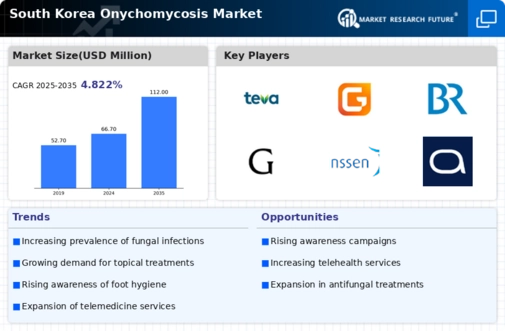
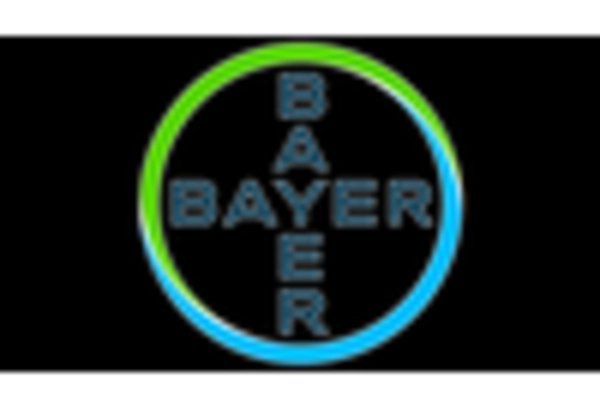
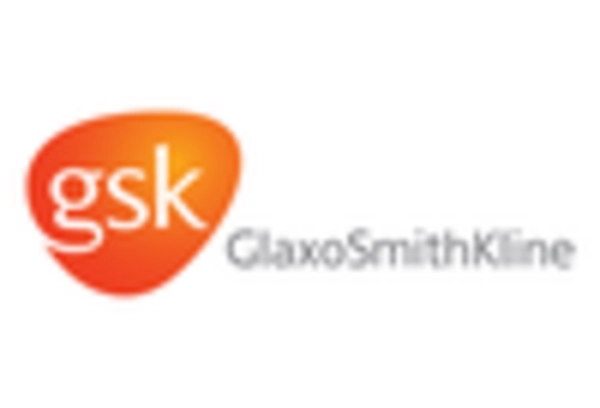
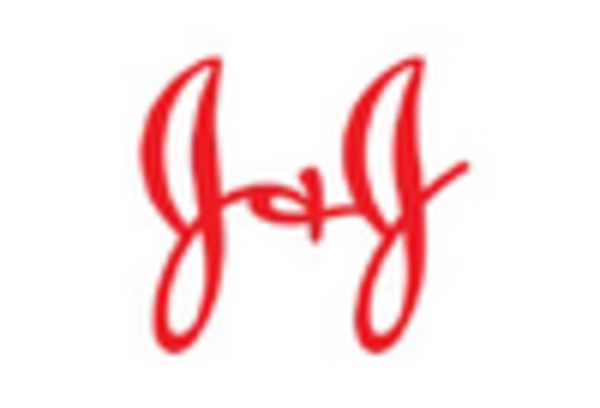
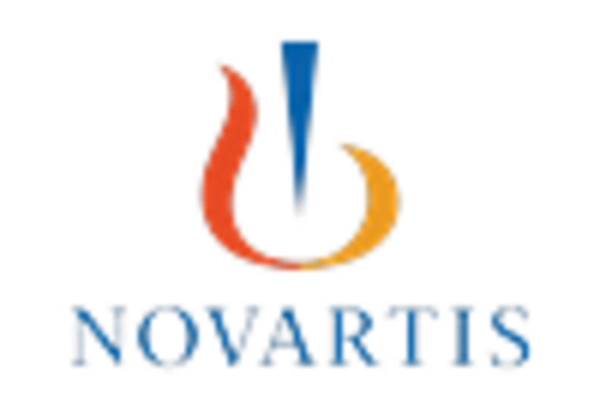
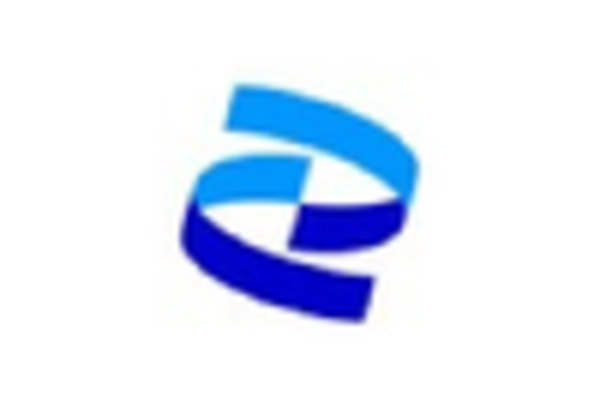
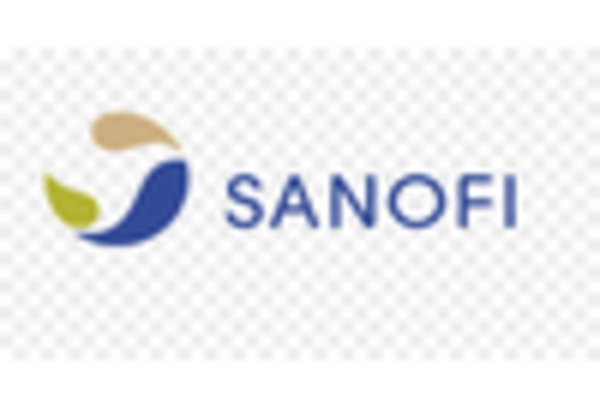








Leave a Comment